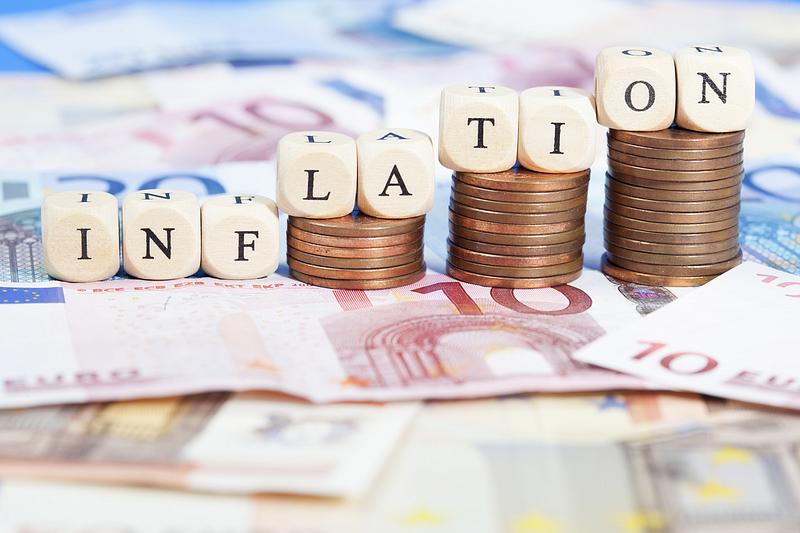Romania’s inflation higher than expected in February



The consumer prices in Romania increased by 0.95% in February, significantly more than expected. According to the statistics office INS, the annual inflation advanced to 15.5% YoY from 15.1% YoY in January.
The same disappointing pattern was reported in other European countries and can largely be attributed to relative price adjustments amid still robust demand (retail sales rose by some 5% YoY in January in Romania).
The slight deterioration in the disinflation outlook might still not prompt monetary policy revisions, at least not immediately, as the base effects are expected to push down the inflation in March-April.
The disinflation path, expected by the central bank (BNR) to lead to single-digit inflation in Q3, turns out to be a bumpy road with still many unpredictable drivers.
One is the ratio between the energy and non-energy prices accepted by the market as reasonable (hence not leading to price adjustments): it decreased to 1.28 from 1.4 or over in September-December. But if the food processors, for instance, see this as still unacceptable or not sustainable, the price of their products will keep rising just as they have advanced by 22% over the past year and by 1.85% in February alone.
The price of fuels stayed virtually flat in February, while the gas & power price decreased by 0.7% in the month.
However, the average price of goods, other than fuels and power & gas, increased by over 1% compared to January – in fact, the consumer price inflation corrected for the prices of energy has never decreased and reached 12.2% YoY in February, up from 5.4% YoY in February 2022 and 2.4% in February 2021. This quasi-CORE inflation (defined ad-hoc here) has never eased over the past years and will not ease until the energy (including transport) prices are seen as sustainable by the producers in these manufacturing industries.
The energy prices, in part due to public policies (for the gas & power prices particularly) or as a result of market forces (for the fuel prices), have broadly decreased more or less recently.
The decline started in July for the fuel prices when the Government implemented the subsidy scheme (backed by the oil companies). The gas & power prices declined more recently, in January-February, but they are still relatively high compared to the pre-crisis period.
iulian@romania-insider.com
(Photo source: Dreamstime.com)